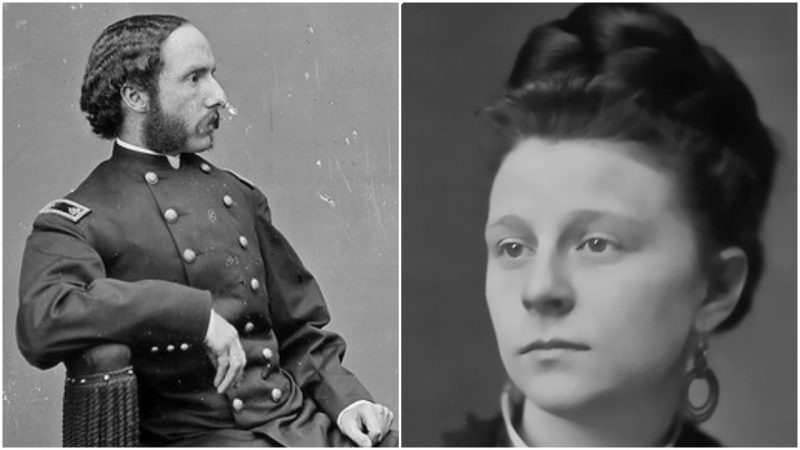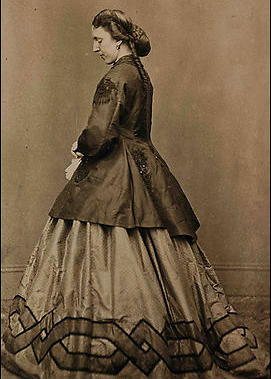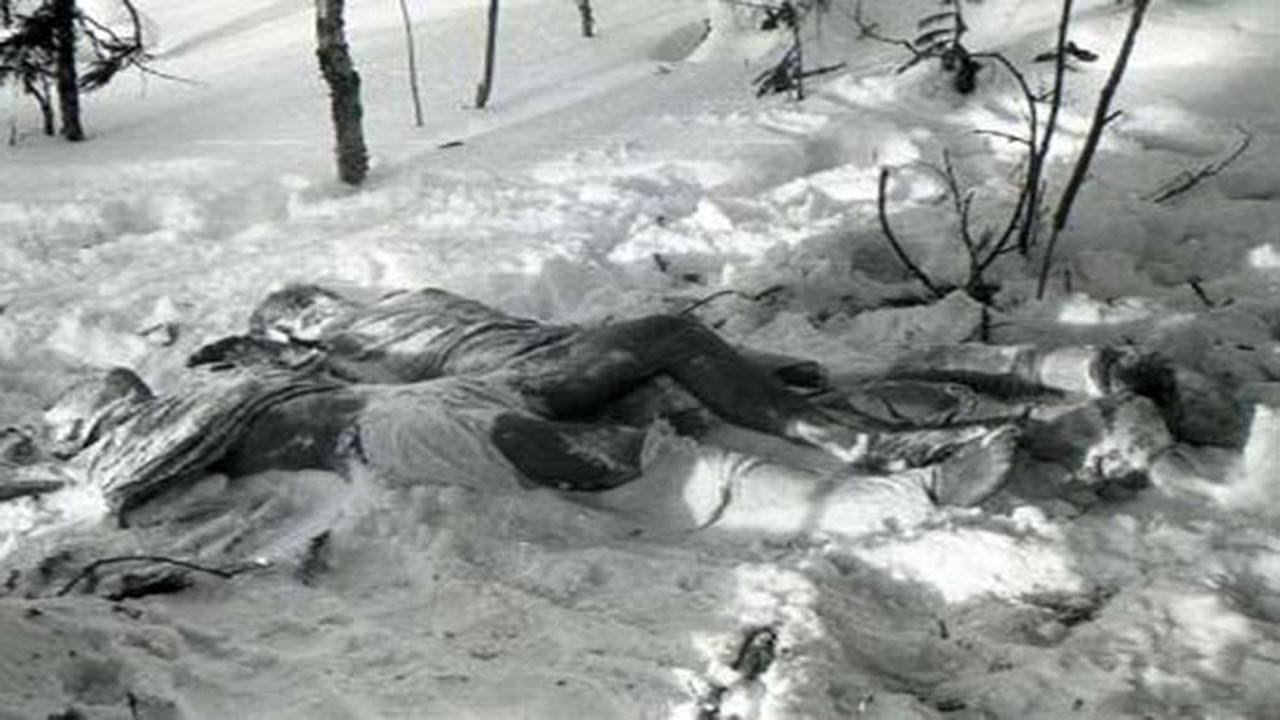The “Blood Countess” Erzsébet (Elizabeth) Báthory is the most prolific female serial killer in history. The Guinness book of World Records says she is, bathing in the blood of as many as 650 virgins to keep her skin looking young.

Servants were convicted of killing 80 while Erzsébet herself was neither tried nor convicted, due to her rank. She was walled up in prison and left to die, the most prolific female murderer, in history. A woman whose bestiality has elevated from mere mortal to semi-supernatural, vampiric ghoul.
So…was she?
According to one story a servant girl once noted a few hairs out of place on the countess’ head. The noblewoman struck the girl so hard that great gouts of blood sprayed across her ladyship’s face. Báthory noticed how the blood seemed to rejuvenate the skin. Thus began the murder of 650 maidens to bathe, in their blood.
Other versions describe the blood landing on the skin of her hand and still others a belief on the countess’ part that only the blood of noble women, would have such rejuvenating effects.
A problem arises, with the absence of contemporary accounts. The tale of the blood bath first came out over a hundred years, after her death. Secondly, we all know how quickly the stuff clots and congeals, once leaving the body. Aside from the repulsiveness of the act does such a goopy coagulated mess seem suitable, for a bath?

Elizabeth lived from August 7, 1560 to August 21, 1614, a member of the powerful Báthory clan of Transylvania, an area which now includes parts of Hungary, Romania and the Slovak Republic. Her uncle was the King of Poland, her nephew, a voivode (prince) of Transylvania.
The future Hungarian war hero Ferenc Nádasdy was betrothed to Báthory when he was fourteen and she, ten rears old. The couple wed when he was nineteen and she fifteen and, as the Báthory clan outranked the Nádasdy she kept her name and he added it, to his own.

Theirs was a time and place closer to the fall of Constantinople than World War 1 is, to our own. It was an age of ever aggressive expansion of the Ottoman Empire. A time and place not so greatly removed from that of Vlad (The Impaler) Țepeș, a man of such freakishly extreme cruelty as to spawn the legend, of Count Dracula.
The Ottoman-Hungarian wars were never ending at this time and Ferenc spent more time fighting abroad than at home. He soon earned the sobriquet “Black Knight”, likely for excessive cruelty extended, to Ottoman prisoners.
Back at home Elizabeth managed the family estates including no fewer than seventeen villages and living at the Nádasdy castles at Sárvár, Hungary and Čachtice in what is now, the Slovak Republic.
Due to Ferenc’s frequent absence the marriage would fail to produce a child, for the first ten years. In time there would be five, two daughters dying in infancy with two more daughters and a son, growing to adulthood.
According to some stories, Elizabeth would write to her husband asking for the gruesome details of the torture, inflicted on prisoners. She was seen for a time as a benevolent ruler but that began to change, in 1602.

The stories make for difficult reading, tales of servant girls smeared with honey and left to be devoured by insects. Tales of stark naked girls made to stand in pails of water until they froze to death and mutilations carried out with scissors, knives and hot pokers and even Elizabeth’s own, teeth.
The higher ranking members of the servants’ corps would fan out across those seventeen villages to recruit a never ending supply of young girls, to the castle. None of it bothered the authorities all that much as even treatments so gruesome as these were alright, so long as they were carried out among the lower classes.
In 1604 the Black Knight died while in battle allegedly, of some unknown disease. Despite the rumors Elizabeth’s henchmen fed an ever increasing stream of young girls to the castle, increasingly, girls of the lesser nobility.
Now if the murder of a peasant girl is alright, killing a member of a Family of Rank™, is not. Questions asked about disappearances were met with implausible yarns about murder-suicides and sudden illness always conveniently followed, by the rapid disposal of the corpse.

Count György Thurzó was the Lord Palatine of Hungary, the personal representative of the monarch and as such, responsible for investigation. On December 29, 1610 according to some stories he surprised the blood soaked countess in the very act of tormenting, one of her victims. The following day, December 30, she was arrested.
Whether there were 36 victims or 50 or 650 all depended, on whom you ask. Judicial proceedings decided on the number, eighty. Accused of being accomplices servants Dorothy Szentes, Helena Jo and John Ujvary were all sentenced to death for helping Báthory to lure and murder her victims. The women had their fingers pulled off with hot pincers before being burned alive. John was beheaded and then, burned.
Ever obsessed with rank, the authorities didn’t try Báthory herself but instead walled her up in a small space in the Castle Čachtice, with only openings, for food and water. There she lingered for another four years until the morning of August 14, 1614 when she was found dead, on the floor.

Was Elizabeth Báthory guilty of the crimes laid against her? There is too much consistency among too many stories, to absolve her of her misdeeds. Not entirely. There were too many tales telling the same story for the woman to be entirely innocent but two things can be true at the same time, right?
Báthory was at odds with some powerful people. Her support of her cousin Prince Gábor Báthory of Transylvania put her in conflict with the mighty Habsburg Empire who just happened to owe the woman, money. A LOT of money and, happily, Báthory’s exile made it all, go away. It is reasponsible to view with jaundiced eye any story, told under torture. Furthermore, 250 of the 289 eyewitness accounts used against her contained nothing more than hearsay with no real information, whatsoever. Many witnesses owed Count Thurzó personally and he had exclusive authority, over the proceedings. Lastly, the testament of the widow Báthory left her estates, to her children. The Báthory-Nádasdy offspring were banished from Hungary following her incarceration. Some would return in 1640 but by that time the family name had lost, its former nobility.
More than a tale of cops and robbers this one seems more like two scorpions in a jar and only one coming out, alive. A story about bad guys vs other bad guys not unlike certain current events, of today. Unless of course you’re one who believes that Jeffrey Epstein, really did kill himself.





















 The Northern Ural is a remote and frozen place, the Ural Mountains forming the barrier between the European and Asian continents and ending in an island chain, in the Arctic Ocean. Very few live there, mostly a small ethnic minority called the Mansi people.
The Northern Ural is a remote and frozen place, the Ural Mountains forming the barrier between the European and Asian continents and ending in an island chain, in the Arctic Ocean. Very few live there, mostly a small ethnic minority called the Mansi people. The eight men and two women made it by truck as far as the tiny village of Vizhai, on the edge of the wilderness. There the group learned the ancient and not a little frightening tale of a group of Mansi hunters, mysteriously murdered on what came to be called “Dead Mountain”.
The eight men and two women made it by truck as far as the tiny village of Vizhai, on the edge of the wilderness. There the group learned the ancient and not a little frightening tale of a group of Mansi hunters, mysteriously murdered on what came to be called “Dead Mountain”. On January 28, Yuri Yudin became ill, and had to back out of the trek. The other nine agreed to carry on. None of them knew at the time. Yudin was about to become the sole survivor of a terrifying mystery.
On January 28, Yuri Yudin became ill, and had to back out of the trek. The other nine agreed to carry on. None of them knew at the time. Yudin was about to become the sole survivor of a terrifying mystery. By February 20. friends and relatives were concerned Something was wrong. Rescue expeditions were assembled, first from students and faculty of the Ural Polytechnic Institute and later by military and local police.
By February 20. friends and relatives were concerned Something was wrong. Rescue expeditions were assembled, first from students and faculty of the Ural Polytechnic Institute and later by military and local police.
 Three more bodies were found leading back to the tent, frozen in postures suggesting they were trying to return. Medical investigators examined the bodies. One, that of Rustem Slobodin showed a small skull fracture, probably not enough to threaten his life. Cause of death was ruled, hypothermia.
Three more bodies were found leading back to the tent, frozen in postures suggesting they were trying to return. Medical investigators examined the bodies. One, that of Rustem Slobodin showed a small skull fracture, probably not enough to threaten his life. Cause of death was ruled, hypothermia.

















You must be logged in to post a comment.